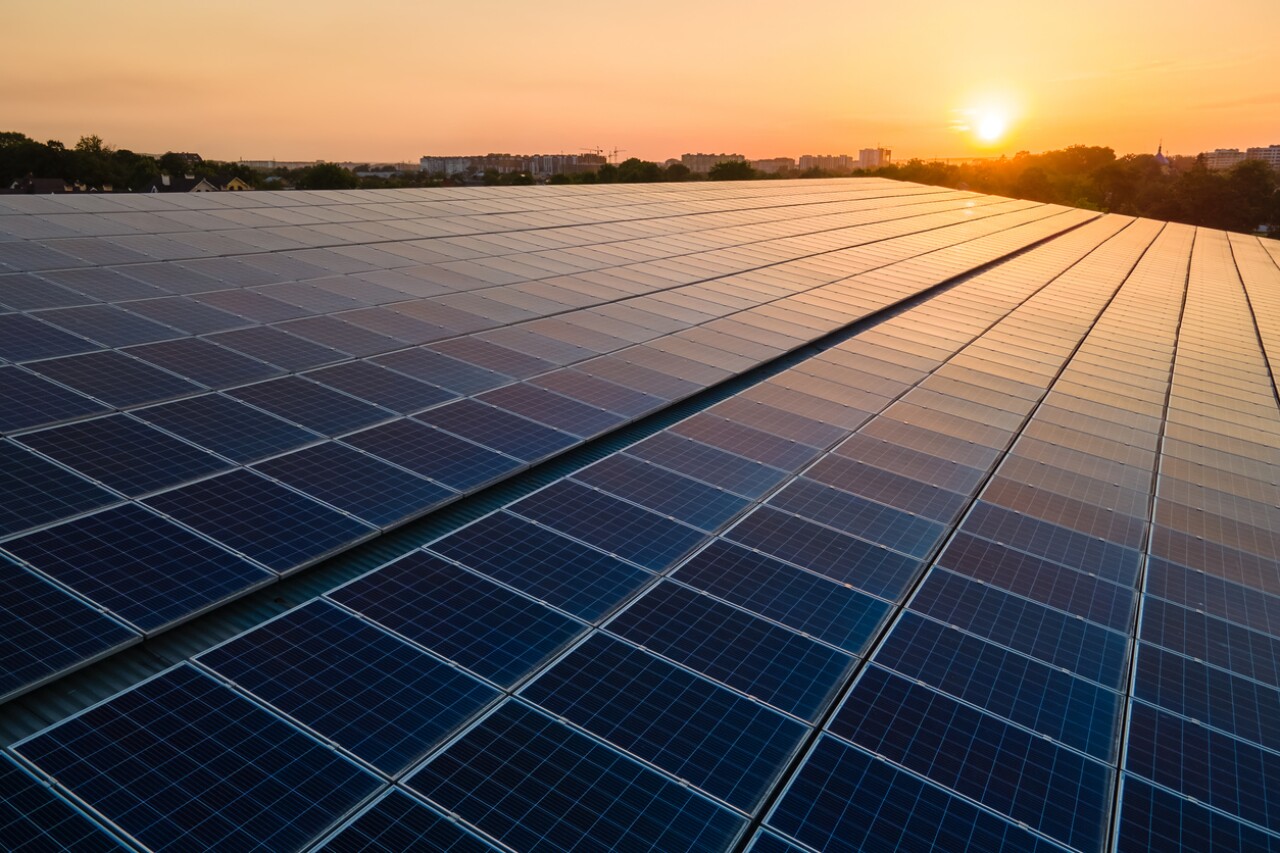“A call is being made that financing for climate change does not have to be subject to the risk premium, it has to be subject to the benefit that it will generate from global financing, and, therefore, all the countries of the world should to be able to finance ourselves at the same rate,” he said.
He considered that “in the current international financial order it is practically impossible due to many things that can be debated.”
Yorio regretted that emerging countries, such as Mexico, have to pay these risk premiums, while the United States accesses financing in rate ranges that go from zero to 5%, considering that US Treasury bonds are the most stable.
“The same project that has the same impacts on reducing emissions in the United States, or in India or in Mexico will be more expensive for emerging economies,” he explained.
Yorio explained that an initiative that the Mexican government has taken is “the use of vehicles for specific purposes”, with which they seek to lower the costs of infrastructure financing for global climate change.
He added that it is proposed that the physical investment made reimburse its cost through the flows generated by said infrastructure, which could generate “green guarantees” and obtain better rates in the international financial banking market and generate projects with scalability.
“This is a project financing approach, project finance as they call it, where we want to put green guarantees from international financial banks, what we want to achieve is this objective of ‘rising‘ of climate change projects,” he said.
The official said that a sample of this model is the Sonora Plan, which promotes the creation of the largest solar plant in Latin America in northern Mexico, in collaboration with the United States, and that it intends to replicate once completed in other latitudes of the country, as well as providing renewable electricity to more than 64,000 homes.
“This does not solve the problem for everyone, but it does for countries with the characteristics of Mexico. Where are we going to try it? We want to test it in the Sonora solar park and do the ‘rising‘ of this financing will be important and can later be replicated in other projects”, he added.
For his part, the head of the SHCP, Rogelio Ramírez de la O, defended this project as “a new line of collaboration with the United States,” while pointing out that no investment had been made in the country to such an extent since the 1970s. .
“It is said that Mexico does not invest in renewable energy and that we are stuck with Pemex and the CFE, but public investment, with all the limitations, has a strategic approach,” he said during this event.
Recently, the Mexican Government announced the purchase of 13 power plants from the Spanish Iberdrola for an amount of 6,000 million dollars through an international fund, with which it was said that the preponderance in the generation of electricity by the Mexican State was recovered. .
In May 2020, Mexico also acquired the Deer Park refinery from its partner, the oil company Shell for $600 million, and in July 2022, Pemex CEO Octavio Romero presumed that its cost had been paid for with profits. of the same plant in this period.













